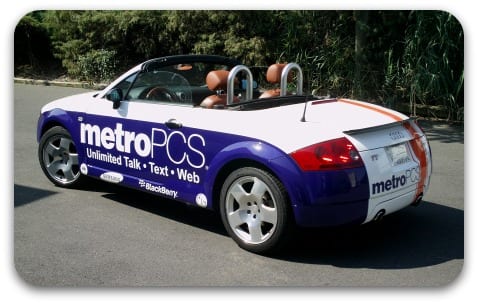Car Wrapping in Hawaii: Is it Sustainable for Advertising?
Car wrapping has become a popular form of advertising, turning vehicles into mobile billboards that can reach a broad audience. In a tropical paradise like Hawaii, where tourism is a significant industry, the idea of car wrap advertising might seem appealing. However, there are certain factors unique to Hawaii that can impact the sustainability and effectiveness of this advertising method. In this blog, we’ll explore whether car wrap advertising is a viable option for businesses in Hawaii.
Climate Challenges
Hawaii’s tropical climate is characterized by high temperatures, humidity, and frequent rain. While car wraps are designed to withstand various weather conditions, prolonged exposure to the intense Hawaiian sun and humidity can cause them to fade and deteriorate more quickly. Frequent rain can also affect the adhesive properties of the wrap, potentially leading to peeling and damage. As a result, businesses in Hawaii may need to invest more in maintenance and replacement of their car wraps.
Salt and Ocean Spray
Hawaii’s proximity to the ocean means that vehicles on the road are exposed to salt and ocean spray regularly. Saltwater can be corrosive and may accelerate wear and tear on car wraps. Businesses considering car wrap advertising in Hawaii should be prepared for the additional challenges posed by the coastal environment and may need to invest in higher-quality, marine-grade wraps to prolong their durability.

Limited Target Audience
Hawaii’s unique geographical location and relatively small population can make it challenging for businesses to reach a large and diverse target audience through car wrap advertising alone. While car wraps can generate local exposure, their impact may be limited compared to other advertising methods, especially for businesses that rely on a broader customer base.
Cultural Sensitivity
Hawaii is known for its diverse and culturally rich community. When using car wrap advertising in Hawaii, businesses should be mindful of cultural sensitivities and respect local traditions and values. Inappropriate or offensive messaging on car wraps can quickly lead to backlash and damage a brand’s reputation.
Cost Considerations
Car wrap advertising requires an upfront investment for design, production, and installation. In Hawaii, where the cost of living is generally higher than the mainland United States, businesses should carefully consider their budget and ROI expectations. It’s essential to weigh the potential benefits of car wrap advertising against the costs, especially given the unique challenges mentioned above.
Alternative Advertising Strategies
While car wrap advertising may not be the most sustainable option for all businesses in Hawaii, there are alternative strategies to consider:
Social Media Marketing: Leveraging social media platforms allows businesses to target specific demographics and engage with both local residents and tourists.
Local Partnerships: Collaborating with local businesses or tourism-related organizations can help increase visibility in Hawaii’s tight-knit community.
Outdoor Advertising: Billboards and signage strategically placed in high-traffic areas can provide exposure to a broad audience.
Conclusion
Car wrap advertising in Hawaii presents unique challenges due to the state’s climate, environment, and cultural factors. While it can be a visually appealing and attention-grabbing marketing strategy, businesses must carefully assess its sustainability and cost-effectiveness in the Hawaiian context. Exploring alternative advertising methods tailored to the local market may be a more practical approach for businesses looking to promote their products and services in the Aloha State.
